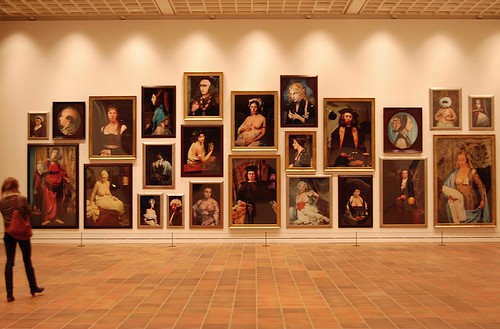"Curating an exhibition - more than a great idea, it's project management"
At first I was a little bit confused by this subject, but then I though about it from a different way. Not all people who study Fine Arts become practicing artist; some of them may decide to become gallery curators. Not only that, but if you are an artist it is pretty important to know and understand how the whole exhibition and installation process works after you finish making your works.
There are many kinds of places where people can curate, such as in artist spaces, commercial galleries, museums and more and with these spaces many themes can be explored such as a particular idea or theme, historical or periodical and scientific categories.
First of all it takes a lot of planning to curate a show; sometimes it can take between 18-24 months to plan for one. When planning a time table it is good to start at the end date (first day of exhibit) and work backwards, thinking about what you need to do and how much time each of these tasks will take.
Things to consider when planning:
- Ideas and research
- booking gallery space
- selecting works to display
- seek sponsorship or grant
Then in your brief you also have to include things like:
- Aims and objectives
- target audience
- design elements
- budget
- catalog - copyright licencing from artists
- advertising
- printing - time and costs
- other documentation
- artist CVs
- delivery
- installation
- insurance
A few other points to remember include:
- Conservation - Protecting works with framing for example
- Condition reports - Taking note on the condition of the works before taking it out of the package or sending it back to the artist. Is it broken or not?
- Exhibition furniture - plinths, cabinets, shelving
- Writing labels describing works
- Reproduction rights - Advertising, invitations, websites and catalogs
- Writing catalogs and invitations- getting information and images from the artists, editing everything, sending it to the printers
- Sending invitations - Invite guests at least 2 weeks before the event
- Opening night stuff - Wine and food
- Courtesies - Sending thank you letters to everyone who was involved
Types of hanging:
 |
| Salon Hang |
V.S

No comments:
Post a Comment